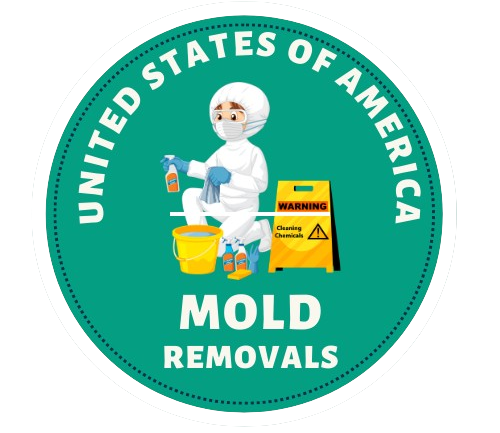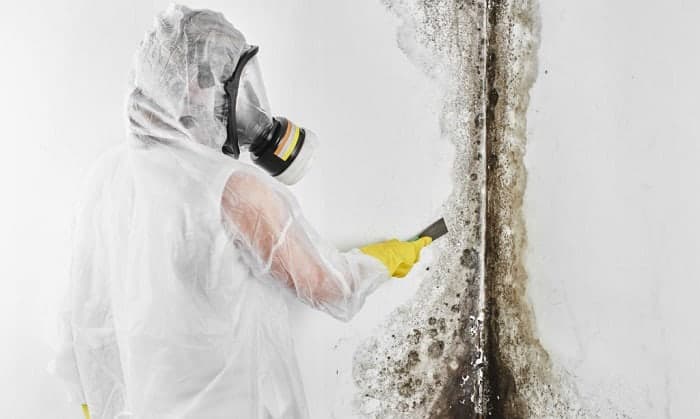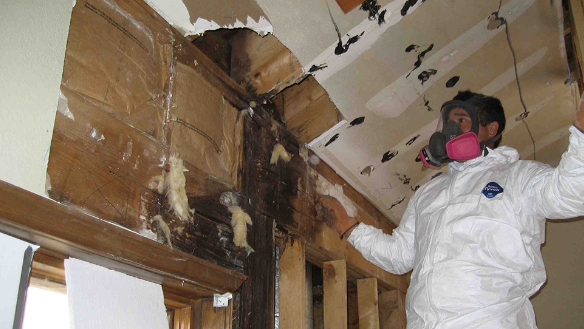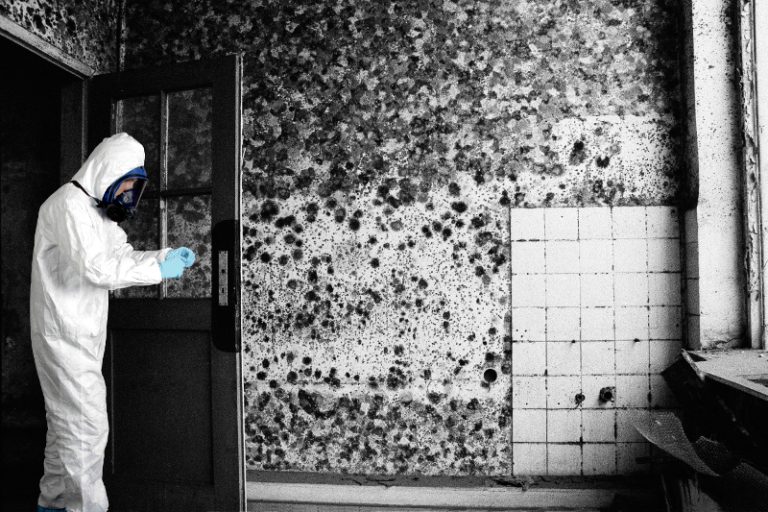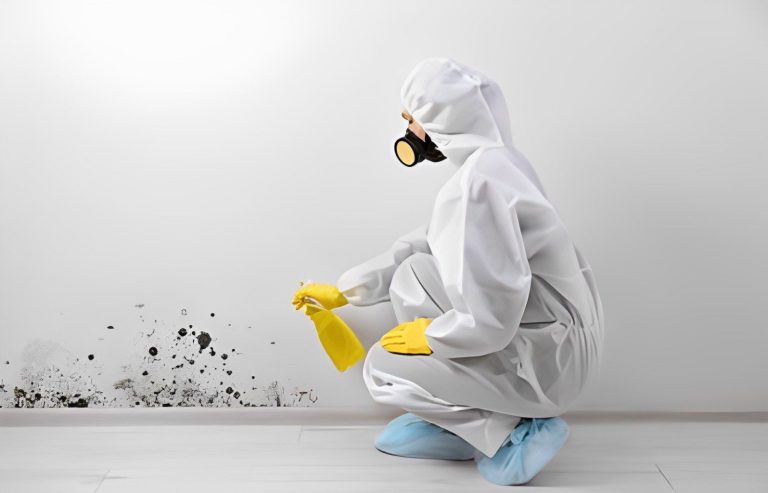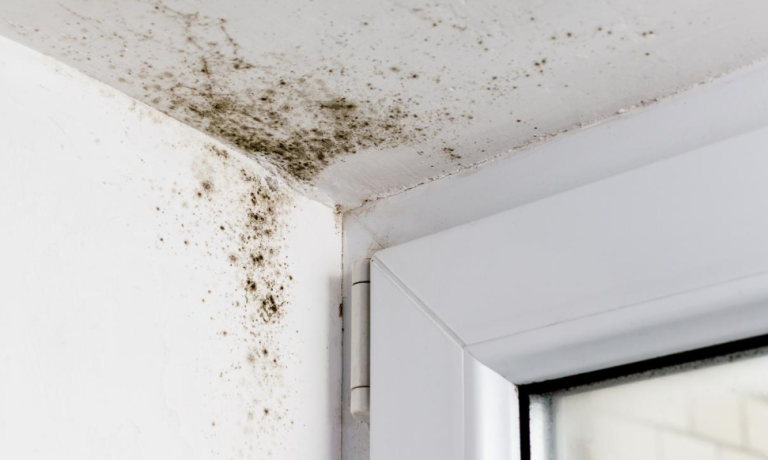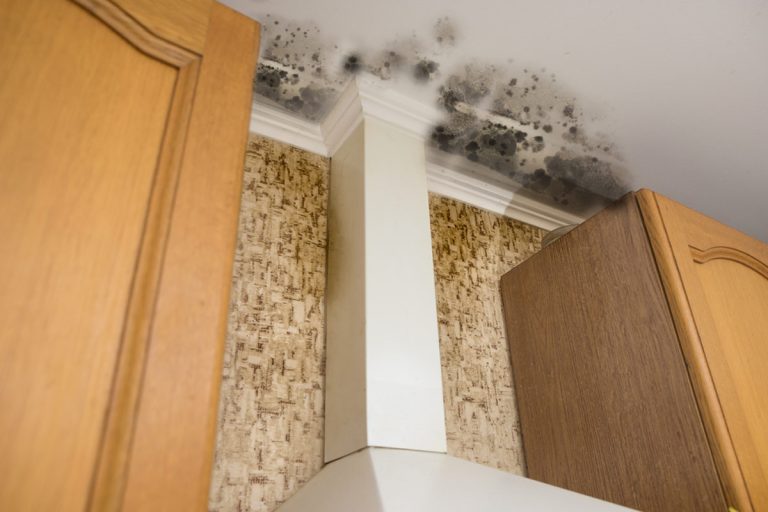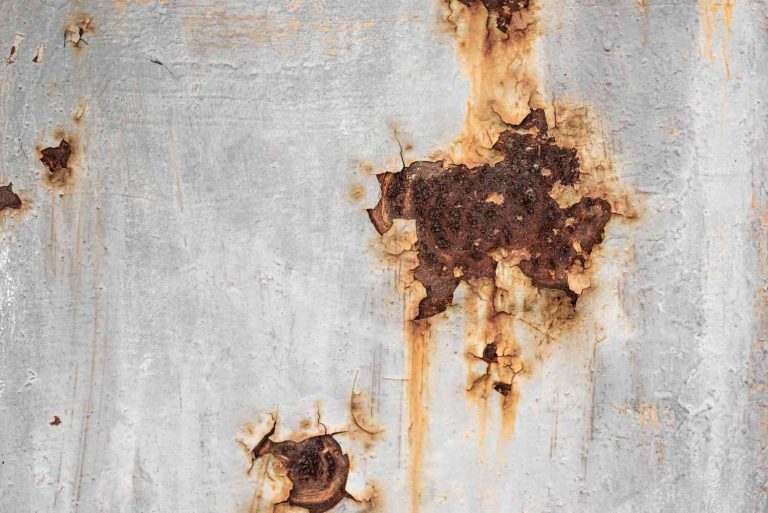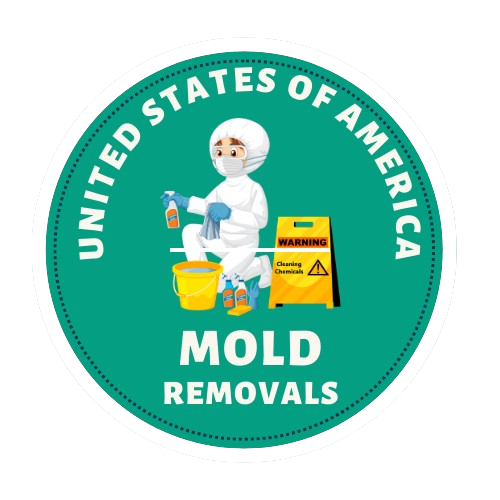Mold: it’s the unwelcome guest in our homes that can damage our property and pose serious health risks. Whether you’re tackling a small patch of mold in the bathroom or dealing with a more significant infestation, understanding how to protect yourself is crucial. The cornerstone of mold removal safety? The right mask. But with various options out there, how do you select the right one?
Before we dive into the specifics of masks, let’s set the stage by understanding our adversary. Mold is a type of fungal virus that thrives in humid environments. It reproduces through tiny spores that float through the air, invisible to the naked eye.
When these spores land on a damp spot, they begin to grow, digesting whatever they land on to survive. This can lead to not only structural damage but also an array of health issues, especially for those with allergies, asthma, or compromised immune systems.
The Steps of Mold Cleaning
Cleaning mold effectively requires careful planning and execution to ensure not only the thorough removal of mold but also the safety of the individual performing the task. Here’s a step-by-step guide to mold cleaning,
- Prepare the Area:
Always seal the affected area with a plastic sheet and tape to prevent spores from spreading to other parts of your building. - Open windows for ventilation if the outdoor air quality is good; otherwise, use an air purifier.
- Wear Protective Gear:
- Wear a mask rated for mold spore filtration (e.g., N95 respirator or higher).
- Wear gloves that are long to the middle of the forearm.
- Use goggles without ventilation holes to protect your eyes.
- Consider wearing disposable overalls or old clothing that can be washed or discarded after cleaning.
- Choose the Right Cleaning Solution:
- For non-porous surfaces, use a mixture of plain water and detergent soap. Avoid using bleach if possible, as it does not prevent mold from returning and can be harmful.
- For porous surfaces, consider a commercial mold remover specifically designed for the material you are cleaning.
- Begin Cleaning:
- Scrub mold off hard surfaces with the cleaning solution and a stiff-bristle brush.
- For absorbent or porous materials (like ceiling tiles or carpet), you may need to discard them if mold has penetrated deeply.
- Dry the Area Thoroughly:
- Use fans and dehumidifiers to dry the cleaned areas completely.
- Ensure the area remains dry to prevent mold from returning.
- Dispose of Moldy Materials:
- Bag and seal moldy materials before removing them from the cleaning area.
- Dispose of these materials according to local regulations.
- Clean Up:
- Wash all tools and protective gear used during the cleaning process.
- Launder clothes worn during cleaning separately from other clothing.
- Inspect and Repair:
- Inspect the area for any remaining signs of mold or moisture sources.
- Repair any leaks or other issues that could lead to moisture buildup, as this will prevent mold from returning.
- Monitor the Area:
- Keep an eye on the cleaned area over the next few days for signs of moisture or mold return.
- Maintain good ventilation and humidity control in the space to prevent future mold growth.
Which mask should you buy?
When it comes to mold removal, not just any mask will do. The right mask can mean the difference between a safe cleanup and exposure to harmful spores. Here are the top types of masks you should consider to ensure your health and safety during mold remediation.
N95 Respirators
N95 respirators stand out as the baseline protection for individuals tackling mold removal tasks. These masks are engineered to offer a close fit around the face, filtering out at least 95% of airborne particles, mold spores included. Given their disposable nature, it’s crucial to replace N95 masks after each use, guaranteeing the highest level of protection throughout your mold remediation efforts.
Half-Face Respirators
When the mold removal job is more demanding, half-face respirators step up to provide enhanced protection. These masks, which cover the nose and mouth, come with replaceable filters specifically designed to trap mold spores. It’s important to choose filters that are explicitly rated for mold to ensure the effectiveness of the respirator. The reusability of half-face respirators, coupled with the ability to replace filters, makes them a cost-effective and reliable option for ongoing mold removal projects.
Full-Face Respirators
For comprehensive protection in high-exposure scenarios or when dealing with particularly hazardous mold types, full-face respirators are the optimal choice. These units cover the entire face, safeguarding the eyes, nose, and mouth from mold spores and preventing the eye irritation that can result from spore exposure. Full-face respirators are especially recommended for extensive mold remediation tasks or when working in environments with high concentrations of mold.
P100 Respirators
P100 respirators offer a step up in protection, capable of filtering out 99.97% of airborne particles. These respirators are suitable for those who need a higher level of protection, especially in environments where mold spore concentration is particularly high or when dealing with toxic mold varieties. Like half-face and full-face respirators, P100 models can come in both disposable and reusable forms, with replaceable filters for long-term use.
Powered Air-Purifying Respirators (PAPRs)
For the ultimate level of protection and comfort, especially during extended periods of mold removal, consider a Powered Air-Purifying Respirator (PAPR). These respirators use a battery-powered blower to pull air through filters, delivering clean, filtered air to the wearer. This not only ensures protection against mold spores but also reduces the effort required to breathe through a filter, making them ideal for longer projects or for individuals with respiratory issues.
Features to Look for in a Mold-Cleaning Mask
When selecting a mask for cleaning mold, it’s crucial to choose one that offers adequate protection against mold particles, including dead mold and airborne mold spores. Here are the key features to consider, incorporating the essential keywords to guide your selection:
High Filtration Efficiency for Mold Particles
Look for masks that can filter out mold particles effectively. Dust masks found in hardware stores may not offer sufficient protection against the fine particles of mold. Instead, opt for masks rated N95 or higher, as they are designed to block at least 95% of airborne particles.
Suitability for Use in Damp Environments and Crawl Spaces
The mask should be suitable for use in damp environments and crawl spaces where exposure to mold is common. These areas often have higher concentrations of mold spores due to the presence of organic matter and higher indoor humidity.
Protection Against Toxic Fumes from Strong Cleaning Solutions
If using strong cleaning solutions or chemicals, ensure the mask offers protection against toxic fumes. Some mold remediation tasks require more than just a mild detergent, and exposure to toxic fumes can be harmful, especially for people with asthma or any medical condition.
Comfort and Fit
A good fit is essential to prevent the spread of mold spores to the nose and mouth. Look for masks made from materials like natural rubber that offer flexibility and a snug fit. Adjustable straps and a nose clip can help achieve a better seal.
Adequate Ventilation
Masks should provide adequate ventilation to prevent discomfort and heat buildup, especially during extended use in heavy mold growth areas. This is crucial for maintaining focus and ensuring the safety of individuals with medical conditions.
Resistance to Humidity and Moisture
Given that mold thrives in moist environments, the mask’s materials should resist humidity and not degrade when exposed to moisture. This feature is particularly important when working in areas with visible mold growth or after natural disasters.
Compatibility with Other Protective Gear
The mask should be compatible with other protective gear, such as goggles or face shields to ensure comprehensive protection. This is especially important in preventing the spread of mold spores and protecting against exposure to mold in sensitive areas like the eyes.
Ease of Cleaning or Disposable Nature
Consider whether a reusable mask with replaceable filters or a disposable mask is more appropriate for your needs. Reusable masks are suitable for ongoing mold exposure, while disposable masks are convenient for short-term tasks or when dealing with heavy mold growth.
Conclusion
Choosing the right mask for mold removal is critical in protecting your health. Whether opting for an N95 respirator, a half-face, or a full-face respirator, selecting a mask that offers adequate protection against mold spores is essential. By understanding the risks associated with mold exposure and taking the necessary precautions, you can safely clean mold and maintain a healthy living environment.
USA Mold Removal is a premier mold remediation service dedicated to ensuring safe and healthy environments for homes and businesses across the United States. With a team of experienced professionals, we specialize in identifying, treating, and preventing mold infestations, utilizing the latest technology and methods. Our commitment to customer satisfaction and safety makes us a trusted leader in mold removal services.
